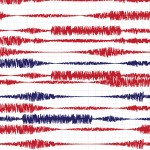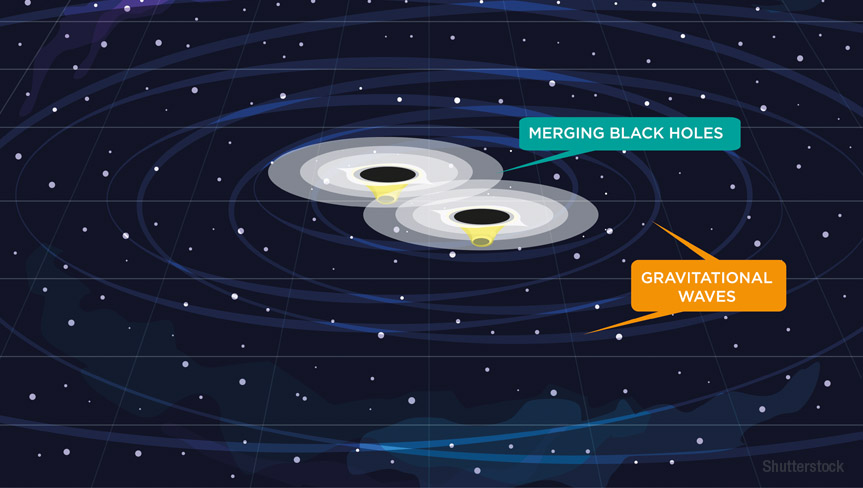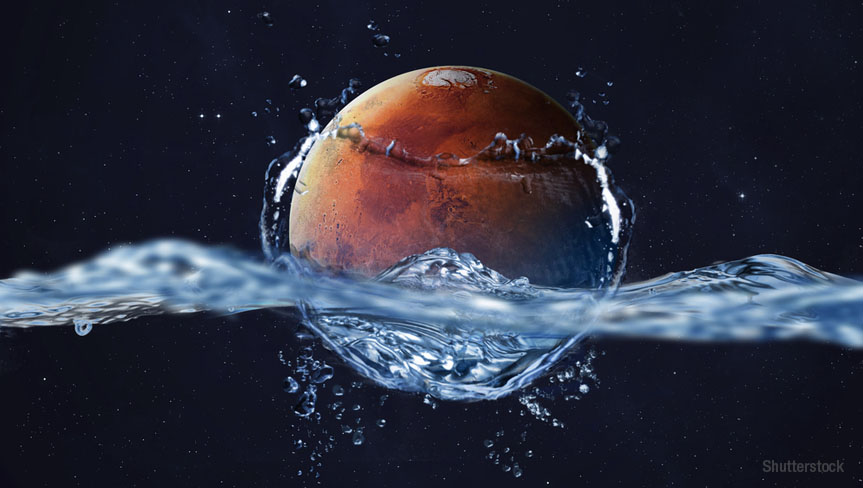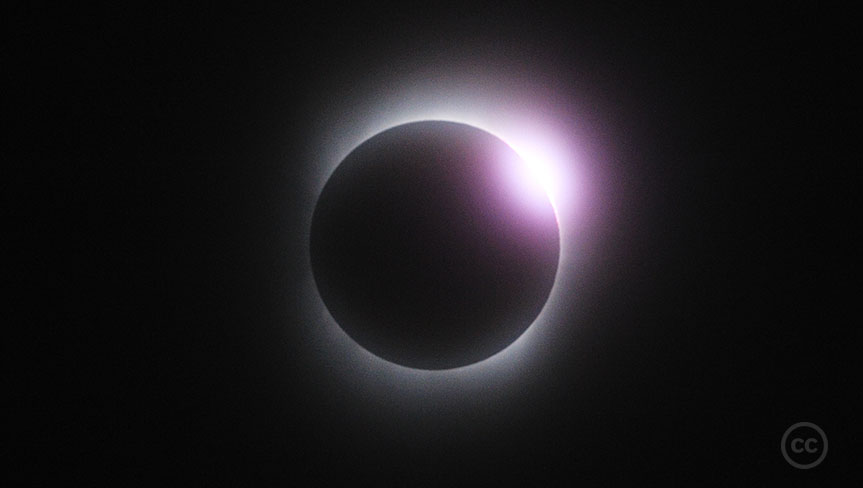Gravitational waves are vibrations that occur when highly dense cosmological elements like dwarf stars, neutron stars or black holes come together and collide or merge. The vibrations produced are commonly known as ‘ripples’, for they travel in a manner similar to the ripples formed when a stone is pelted in a pond or lake. The colliding bodies disturb the stillness of ‘spacetime’ (the space in four dimensions including time) giving rise to gravitational waves. The energy emitted during the process is known as gravitational radiation.
The existence of gravitational waves was a prediction made by the renowned physicist Albert Einstein in the year 1916 as a corollary to his General Theory of Relativity (also known as GTR).
A century had passed. On 11 February 2016, the Advanced Laser Interferometer Gravitational-Wave Observatory (Advanced LIGO) team announced that they had detected gravitational waves, for the first time in human history on 14 September 2015, from their observatories at Louisiana and Washington, the USA, as two black holes merged at a distance of 1.3 billion light years from Earth.
Gravitational waves are detected using highly advanced detectors. The Virgo interferometer located near Pisa, Italy, and the GEO600 gravitational wave detector, besides the LIGO and the Advanced LIGO detectors, have been highly instrumental in knowing gravitational waves better. The Laser Interferometer Space Antenna (LISA) Pathfinder launched in 2015 is the world’s first – and currently the only – space-based gravitational wave detector.
Upcoming milestones in the field are the Einstein Telescope (ET) or Einstein Observatory, a third generation Gravitational Wave observatory; Deci-hertz Interferometer for Gravitational wave Observatory (DECIGO), a Japanese space-based observatory anticipated in 2027 and Evolved Laser Interferometer Space Antenna (eLISA), an advanced LISA expected in 2034. Indian Initiative in Gravitational-wave Observations (INDIGO), or LIGO-India, is the country’s move towards facilitating gravitational-wave astronomy.
Gravitational waves are believed to be the best way of observing dark matter like black holes, which don’t emit light. A better understanding of the gravitational waves will lead to a better understanding of the ‘dark side’ of the universe.











